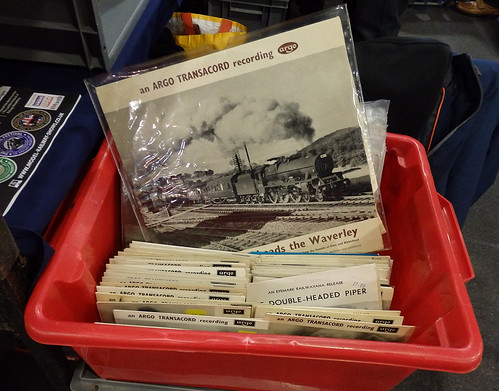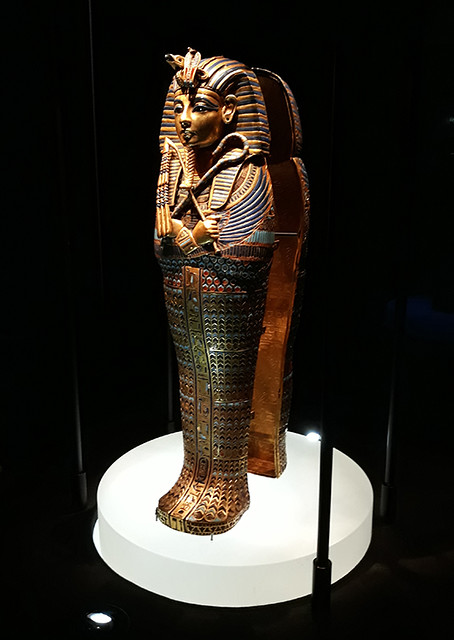Occasionally, I get a bit of feedback on the pieces I've written or filmed. Most of the time it's positive but occasionally, you get odd stuff.
Recently, someone took me to task in an unsigned letter for using a fibre pen on the commutator of a Tri-and motor.
THIS CAN AND WILL DAMAG THE COPPER LINING ON 12V DC MOTOR TO THIS SERT YOU OUT TO BE A FOOL IF YOU BELEAV THIS IS OK ITS NOT SO (Sic)
And so it goes on. I think the writer is telling me the fibre pen I use to clean the muck off a commutator is going to damage it. I've heard the same excuse for not using one on the wheels of a loco. Apparently, you can wear out the metal.
Fibre pens were originally used by draughtsmen to erase lines from the draughting film they drew on. The mild abrasive burnished away the ink. Draughting film isn't as tough as metal. This is important.
It is true that you can burnish right through materials with one. I use it on wagon sides to create worn paintwork. A few moments work can wear away the lettering on a PO wagon very effectively. However, paint isn't as tough as metal.
On loco wheels, I like to spin them under power and hold the fibres on the treads. These quickly polish up to a bright shine. If you really, really want to, I suppose it would be possible to wear the metal away, but you'd need to hold the thing against the metal for a very, very, very long time. Used correctly, you'll lift the dirt into the bristles, which will wear away much faster than the metal they are held against.
The same thing with a commutator, at least the sort you find in a Tri-ang XO4 motor. We're not talking a delicate can motor, but a properly chunky, designed to be stripped and maintained device. Cleaning them with a fibre pen will remove the carbon buildups and unless you are completely ham-fisted, you'll be fine. After all, I've read suggestions that you use emery paper in there and even I'd not recommend that!

















































